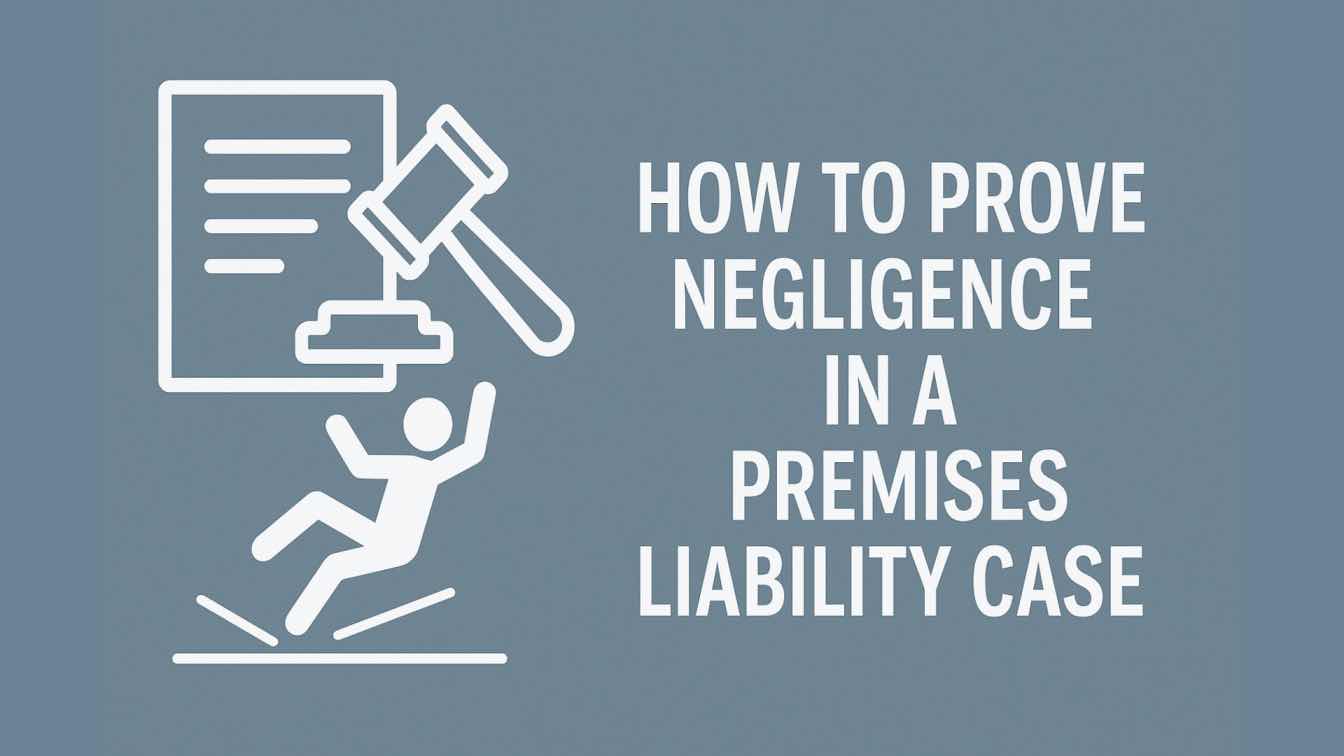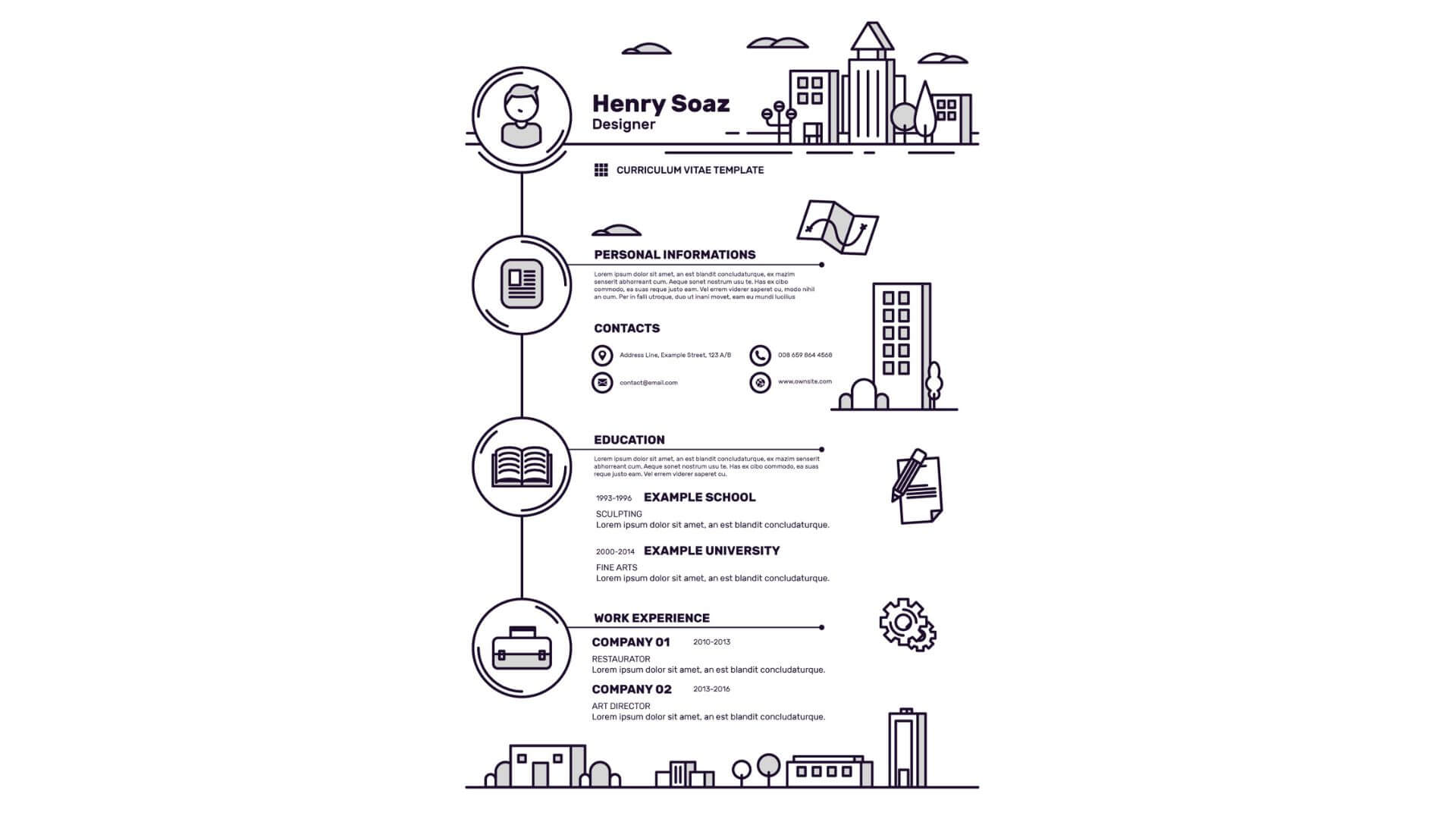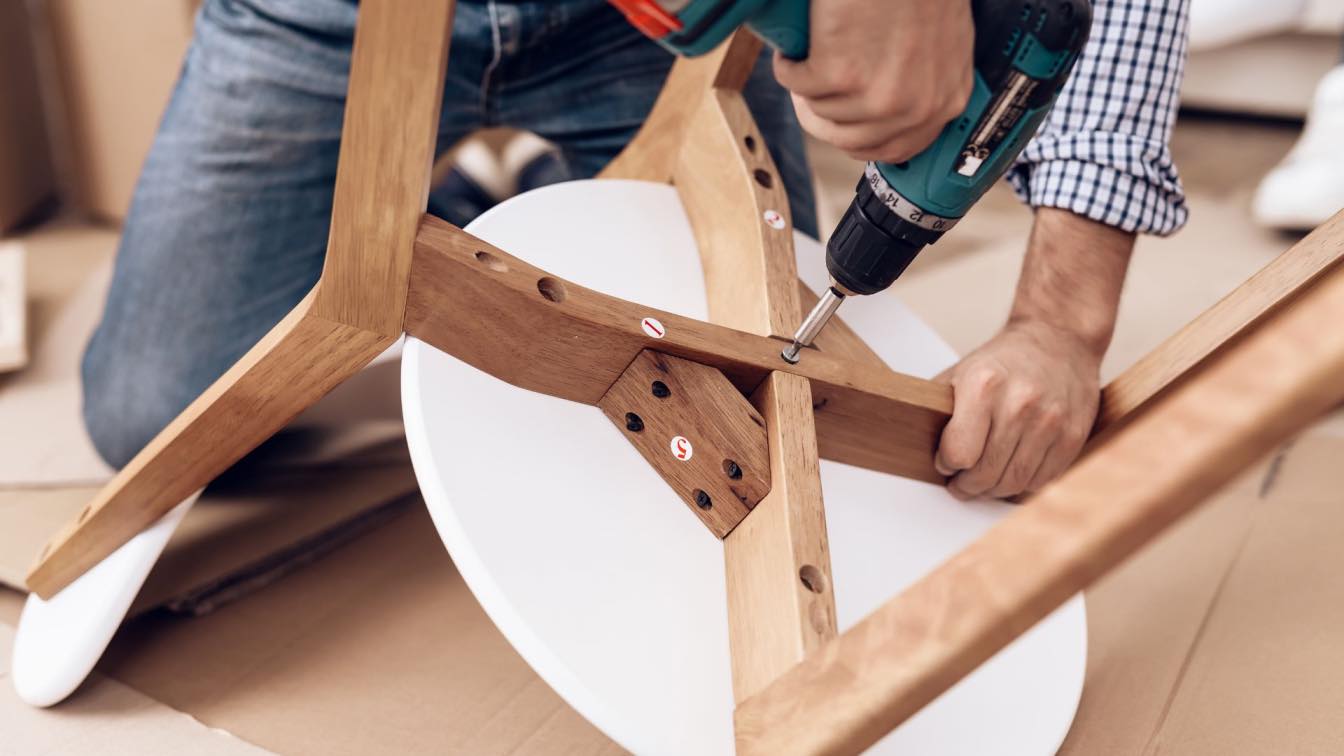There were 885 slips, trips, and falls in 2023, according to the Bureau of Labor Statistics. Unsafe conditions on a property are usually the cause of these incidents. A legal term applicable to this sort of situation is "premises liability." By such laws, property owners are held liable for the injuries that take place on their premises. The injuries are usually caused by unsafe circumstances or carelessness.
If the harm happened as a result of the property owner’s failure to take care of the property correctly, a premises liability case may be possible. In these situations, it is important to show that the owner was careless. You need to show that the owner didn't fix or warn about harmful conditions that caused your injuries.
According to premises liability lawyer Stephen T. LaBriola, you must be able to provide evidence of quantifiable damages, including medical bills, lost wages, and pain and suffering.
Proving negligence is the next step toward receiving compensation. Knowing what evidence is important and how the process works will be beneficial for your case. Let’s discuss how you can win your premises liability case by establishing negligence.
Understanding Duty of Care in Premises Liability
The duty of care is key in any premises liability matter. It describes the obligation that a property owner has to see to it that their premises present no danger to visitors. You have to acknowledge that this duty changes according to the status of the visitor, i.e., invitees, licensees and trespassers receive different levels of protection.
For example, if you are an invitee, the owner has to inspect and maintain the property actively. Having this knowledge gives you a sense of security wherever you find yourself. The duty of care makes you more aware of a place's potential dangers and better able to advocate for your safety.
It may seem simple, but you should have an additional reasonable measure of safety to rely on whenever you enter someone else's property.
Identifying Breach of Duty
In establishing negligence in a premises liability case, it becomes important to identify the breach of duty. In doing so, you have to study the actions or inactions of the property owner. Did they maintain a safe environment for visitors by repairing hazards or providing adequate warnings?
Is there proof that the danger was known to the owner and yet nothing was done? For instance, maintenance records or witness statements may strengthen your case. It is important to remember that the breach is not constituted merely by a single incident but set up by the owners' overall lack of accountability.
In obtaining this information, you are working towards shielding yourself and encouraging the development of safety awareness in your community.
Establishing Causation in Your Case
To establish a premise liability cause of action, you must show that the damages were caused by the property owner's failure to use reasonable care. Make it clear how the damages came about as a product of their failure, thereby linking the damage suffered to their negligence.
To prove your point, include photographs, witnesses, and medical records. These facts tell a story of how such unsafe conditions caused injury. One must closely track the timeline surrounding the property owner acts or omissions, for their actions may affect your case strategy.
Put differently, you want to show that the injury would have never occurred had the owner properly maintained a reasonably safe environment. A strong and convincing argument about the link between the property owner’s negligence and your injury could really strengthen and enhance the outcome of your case.
Demonstrating Damages
Demonstrating physical damage must be done to establish the real impact on your premises liability checklist, with evidence verifying the life changes that have taken place due to the accident. Medical bills, lost wages, and records of any treatments for ongoing conditions must be submitted.
Emotional distress, pain, and suffering should be included in claims, for they greatly impact their settlement. Keep a diary or journal tracking your experiences and encounters with different challenges in daily living. Recording these experiences brings a strong story to the objective of anchoring subjective pain in concrete changes in one's life.
The more honest and thorough you are in noting your damages, the better your case’s outcome will be.
Tips for Building a Strong Premises Liability Claim
In cases of premises liability, establishing the extent of your damages is the beginning of the building process for a strong claim. To build a case, start collecting evidence such as accident scene photos and witness statements. Such information paints a vivid picture of what happened.
Document your medical treatments and expenses since they further demonstrate the extent of damages you have sustained. Argue the property owner's neglect by proving how they failed to make the site safe. Staying in contact with the insurance companies will also play a role in your case.
Don’t hesitate to consult a qualified lawyer on your premises liability case. The attorney will help you address the challenges of the entire process.





